A Designer Shares Her Tips for Balancing Creativity and Business
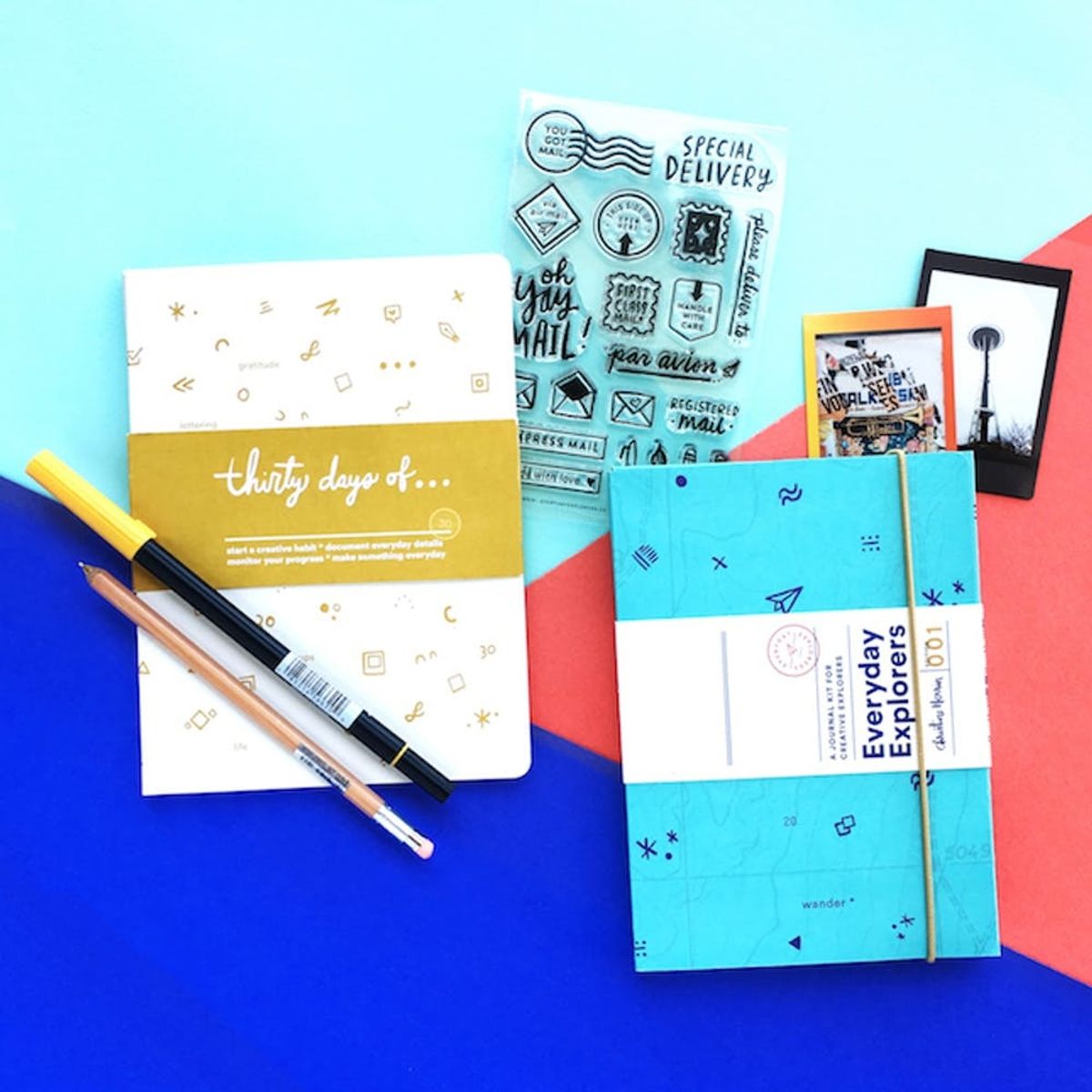
Your side hustle might be designing your own stamps or journals, but you’re not sure how to confidently talk about your side project (we’ve got pro tips for you!). Perhaps you’ve read about these millennial designers, and what inspires them revs up your own creative juices. If one of your goals is to turn your design dreams into a full-time gig, tune into what this creative boss has to say about fulfilling your career goals. In this week’s How to Quit Your Day Job series, we chat with Christine Herrin, a San Francisco-based graphic designer, hand letterer, and paper shop owner who designed a very cool travel journal to help others document their adventures in a special way.
Meet the designer Pro: christine herrin
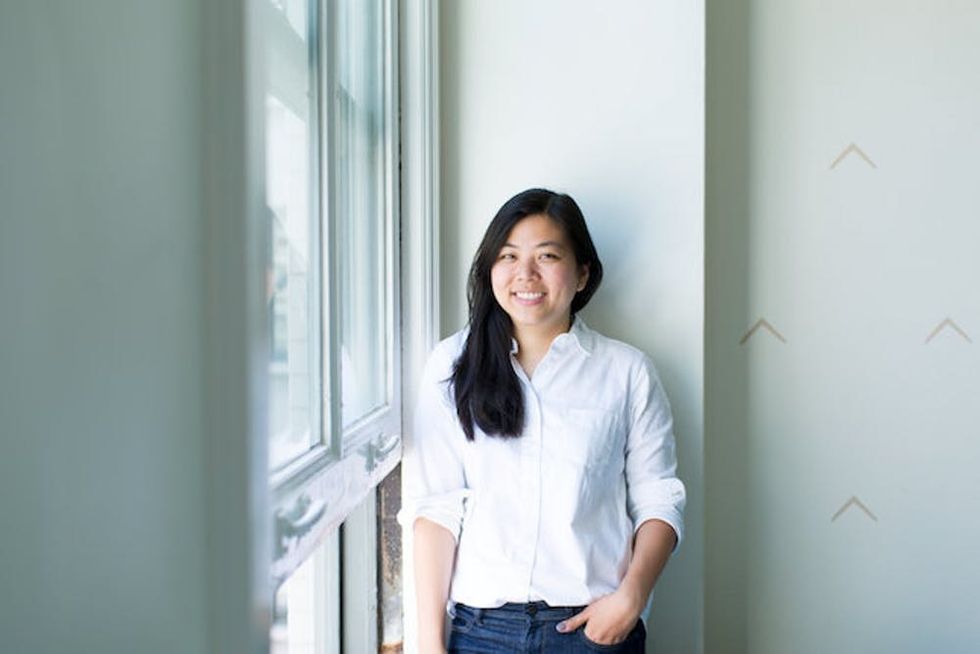
Before transitioning to building her own design brand, Herrin relied heavily on her freelance design work to pay the bills while she experimented with designing her own products on the side. She calls it more of an “ongoing overlap” than a full transition from freelance to her own company, since she still does a mix of freelance and her own work. A big boost to her career was earning a spot as a 2016-17 Adobe Creative Resident. The Adobe Creative Residency, run by Adobe, supports creatives full time while they work on their own projects for an entire year. Herrin details on her blog her experience with the program and gives tips for anyone interested in applying, describing how one of her current products, Everyday Explorers, was developed within that year-long residency. The program not only recharged her creative endeavors, but also developed her confidence as she spent time at conferences like SXSW and Adobe MAX hosting creative workshops and developed lasting relationships with mentors.
The Tips
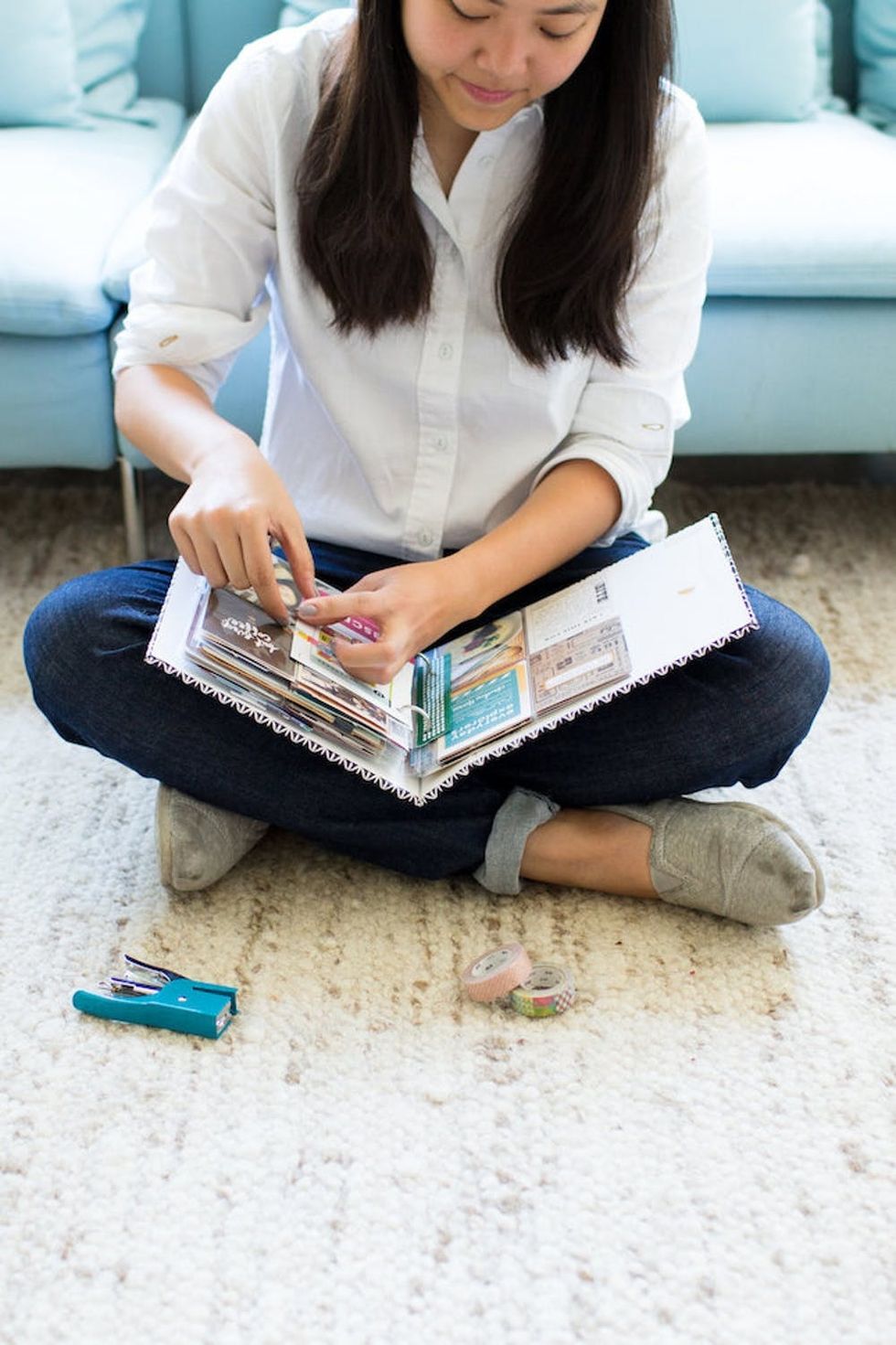
1. Be real about what you want to work on. As part of her Adobe Creative Residency application, Herrin had to present an idea for a project that she was excited to work on and plot out a tentative plan for how she was going to spend the year. “My biggest piece of advice is to get real about what you want to work on and what excites you the most. You’ll be talking about it and working on it for a year, so it should be something you feel passionate about,” says Herrin. Even if you don’t apply to the residency, her advice is great for any creative endeavor you’re planning.
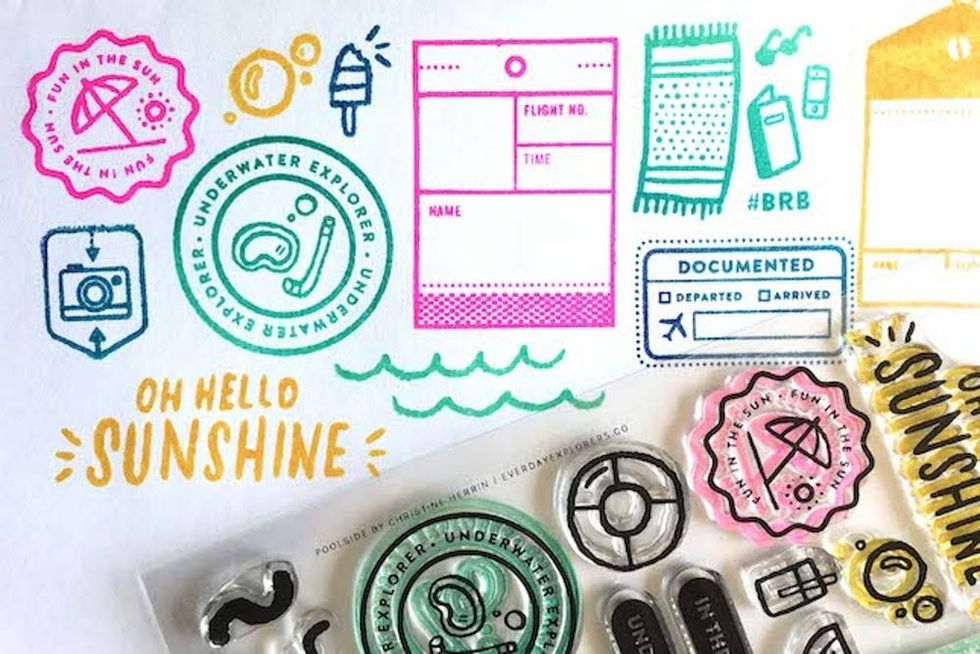
2. Overlap your work. If you’re cautious about quitting your day job to bounce into a creative project full-time, consider balancing a stream of freelance work with your side hustle. Herrin currently works on her own product development, but she also supplements her income with select freelance design work. “When I decided to start building my own business, I relied a lot on freelance design work to pay the bills while I experimented with designing my own products on the side. Now, two years later, it’s still a mix of both,” says Herrin.
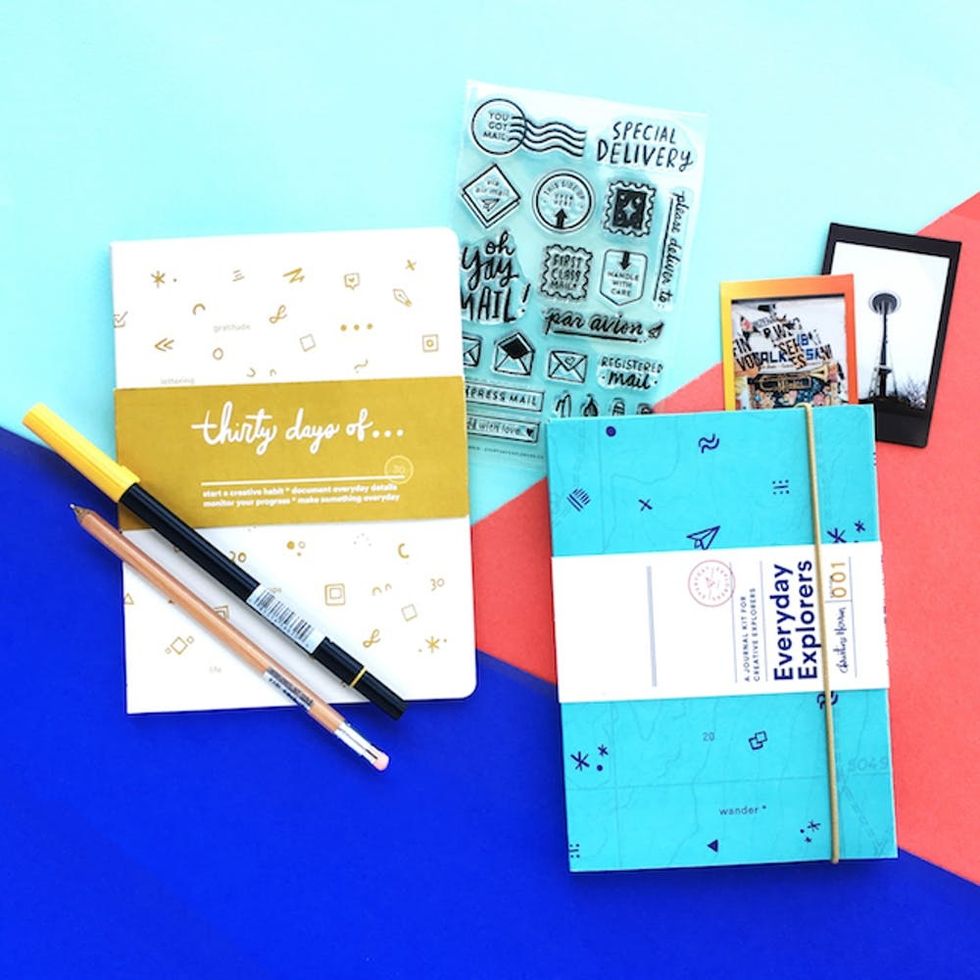
3. Design what you want to see out in the world. In Herrin’s online shop, you’ll find a curated collection of stamps and journals that she creates. When she first started designing clear stamps, she didn’t see many that catered to a single college student who loved to travel, so she set out to make her own. “Now, I get to design clear stamps based on things I love and really specific themes like 30 Day Projects or my caffeine dependency (I even made one about my love for Hamilton!) knowing that there’s a market of creatives like me wanting to document fun things like this. Same goes for my travel journals,” says Herrin.
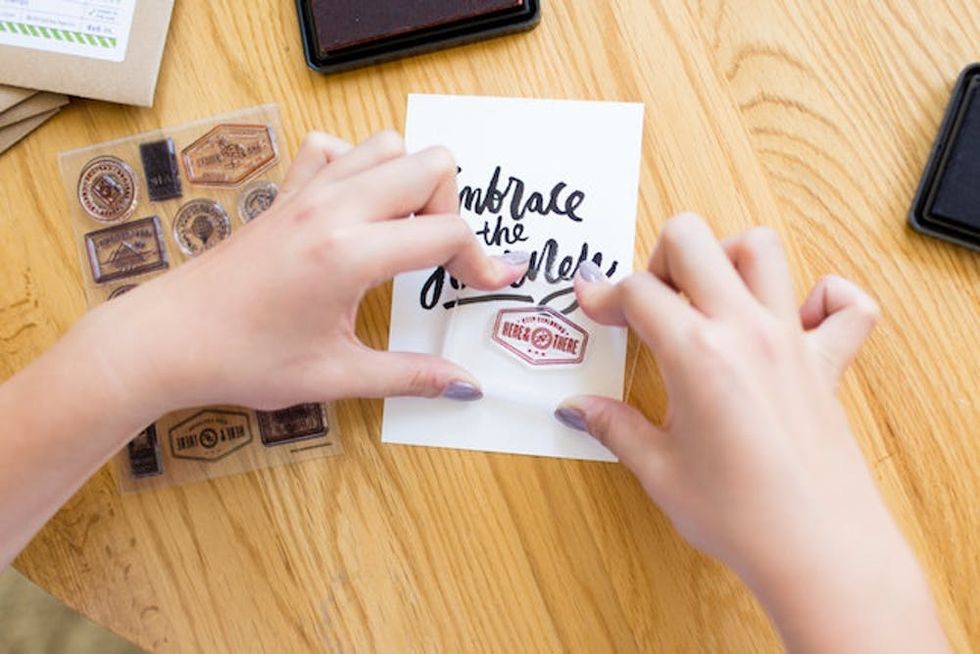
4. Develop a support network of fellow creatives. Through her time in the Adobe Creative Residency and her own collaborative work, Herrin has a creative community she can turn to for ideas, inspiration, and cheerleading. “I’m really lucky to have such a great support network of fellow creatives who encourage me on days I feel like none of my ideas are original anymore (we all have that one friend who believes in us 110 percent, and it’s great!). I also have great mentors who’ve turned into friends, who love sending me ideas of things I can incorporate into my business or into my next product release,” she says. Whether you meet in person, online, or via text messages, relying on fellow designers can help you get through those inevitable artistic slumps.
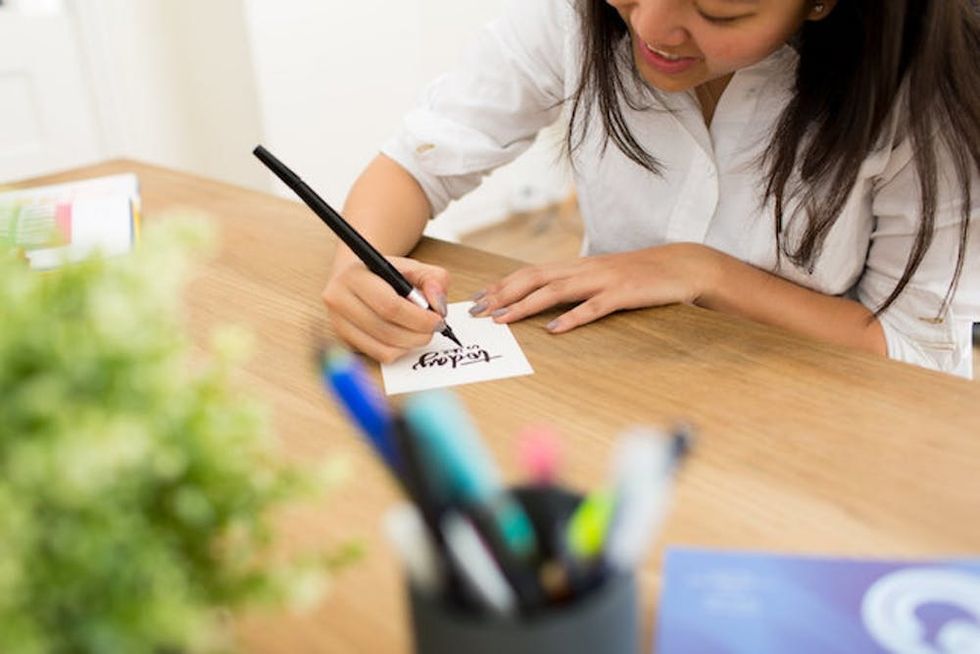
5. Start small. Herrin admits to being a perfectionist who usually wants to line up everything before she starts, but she recommends starting small. “You don’t have to have it all figured out in the beginning. Trust that you’ll figure it out as you go, because things will evolve along the way. Just like in creative work, you can’t edit a blank page. Take the first step and start. Course correct as you move forward,” says Herrin.
6. Exercise your freedom to choose. One of the main reasons Herrin loves working for herself is having the creative freedom to choose what types of projects she focuses on and how she spends her days. “Freelance life may carry a lot of responsibility and uncertainty, but having freedom helps me do my best work,” says Herrin. Use your freedom to explore new ideas, new places, and different ways of doing things to keep that creative spark alive.
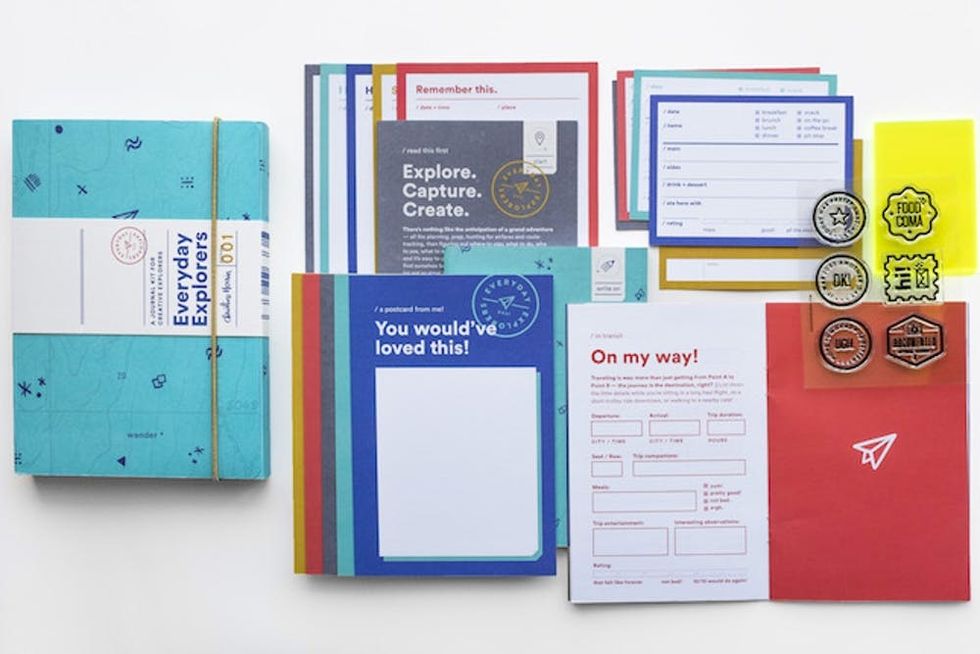
7. Balance creativity and business. In the beginning of her business, Herrin focused entirely on being an art director, so her decisions were dictated by her creative vision rather than what was best for her business. “I’d obsess over tiny details that wasted time. I’d have things produced really expensive because I only wanted it to be the absolute best, not thinking that maybe testing with a simpler product was a better way to go. It affected a lot of my business because my prices did not match the time and effort I put into everything,” says Herrin. She learned that juggling her art director and her business manager roles led to a more sustainable and profitable biz.
Perfect Your Skills
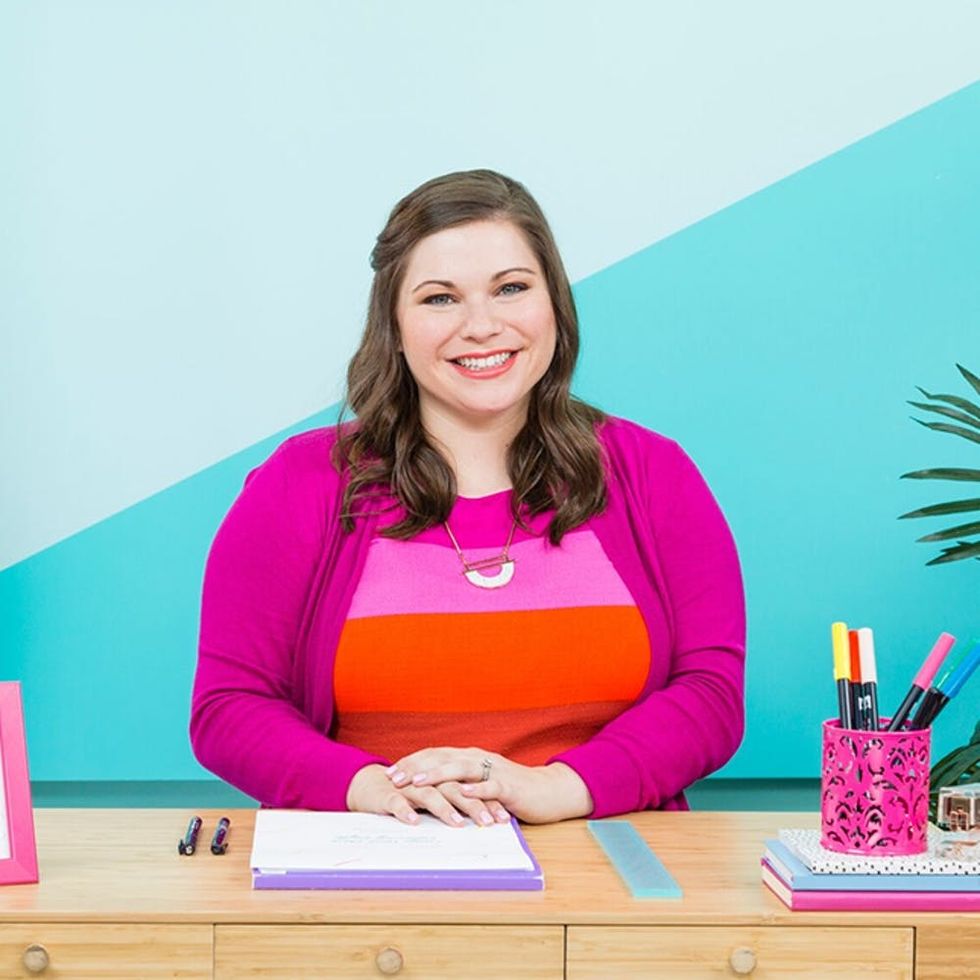
1. Craft Your Own Lettering Style ($29): This online class with lettering artist Brittany Luiz will teach you how to write letters in four different styles and add embellishments. At the end of the class, you’ll have your own alphabet style and design an inspirational quote.
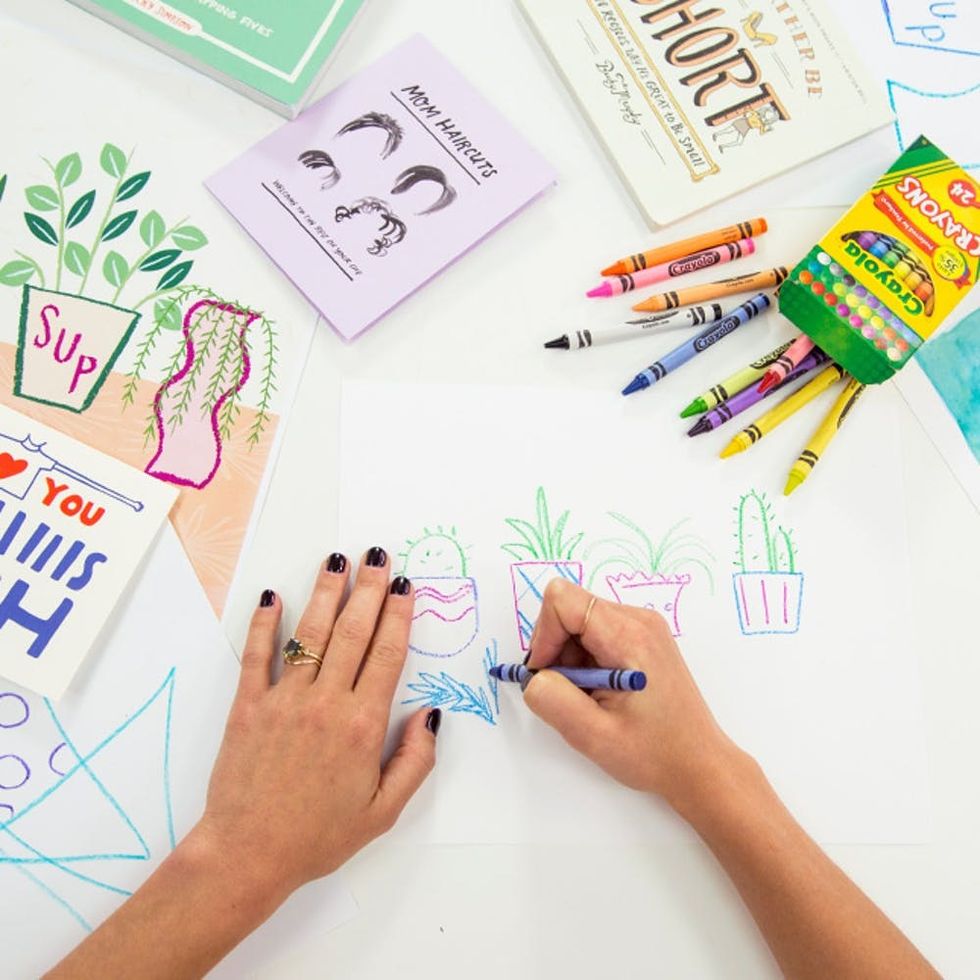
2. Digital Illustration in Adobe Illustrator Online Class ($39): Illustrator and designer Becky Simpson will walk you through the steps to turn an inspired illustration into a digital design. In the online class, Simpson will give you her shortcuts and tricks for using Adobe Illustrator like a pro.

3. Money Management for Your Small Business Online Class ($29): Financial coach Shanna Skidmore has been nicknamed “the dream releaser” by her clients. Sign up for this online class to learn how to manage your small biz’s finances. These money management habits will make your life much easier, especially come tax time.
What’s your dream career? Tweet us @BritandCo to let us know, and we could feature it in the next column!
(Photos via Christine Herrin)

















